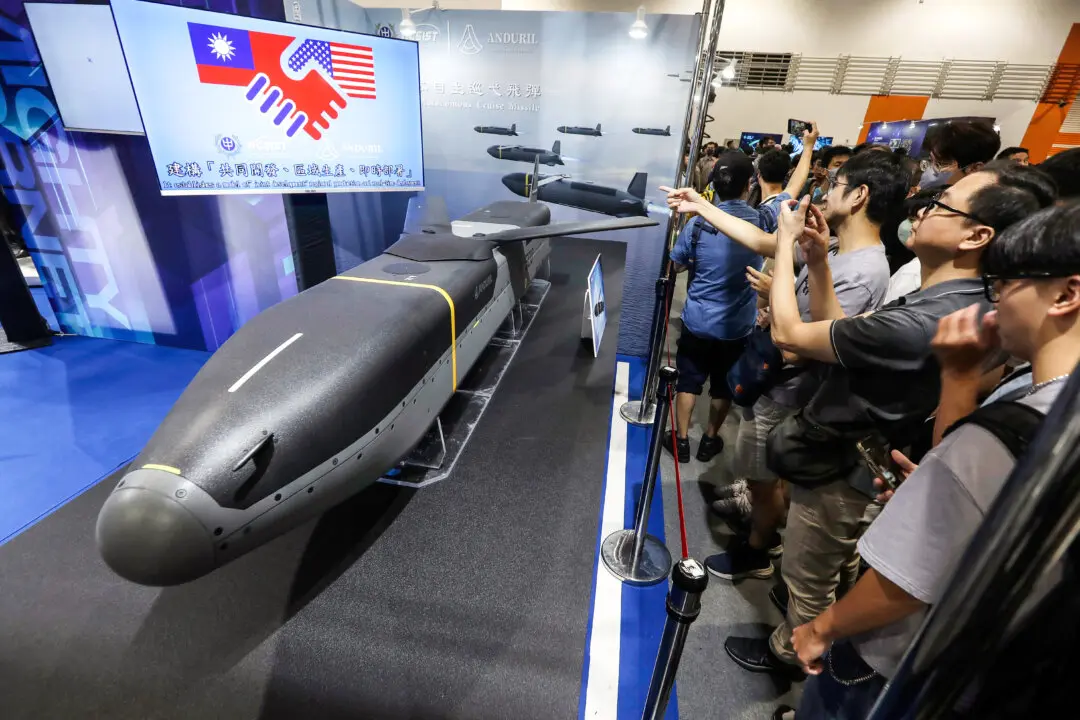The number of British research papers published with Chinese co-authors have more than quadrupled in a decade, a report said.
The report, led by former universities minister Jo Johnson and published by the King’s College London (KCL), said Chinese students and research engagement with China is “the single most important source of international fee income for the UK’s research-intensive universities.”





